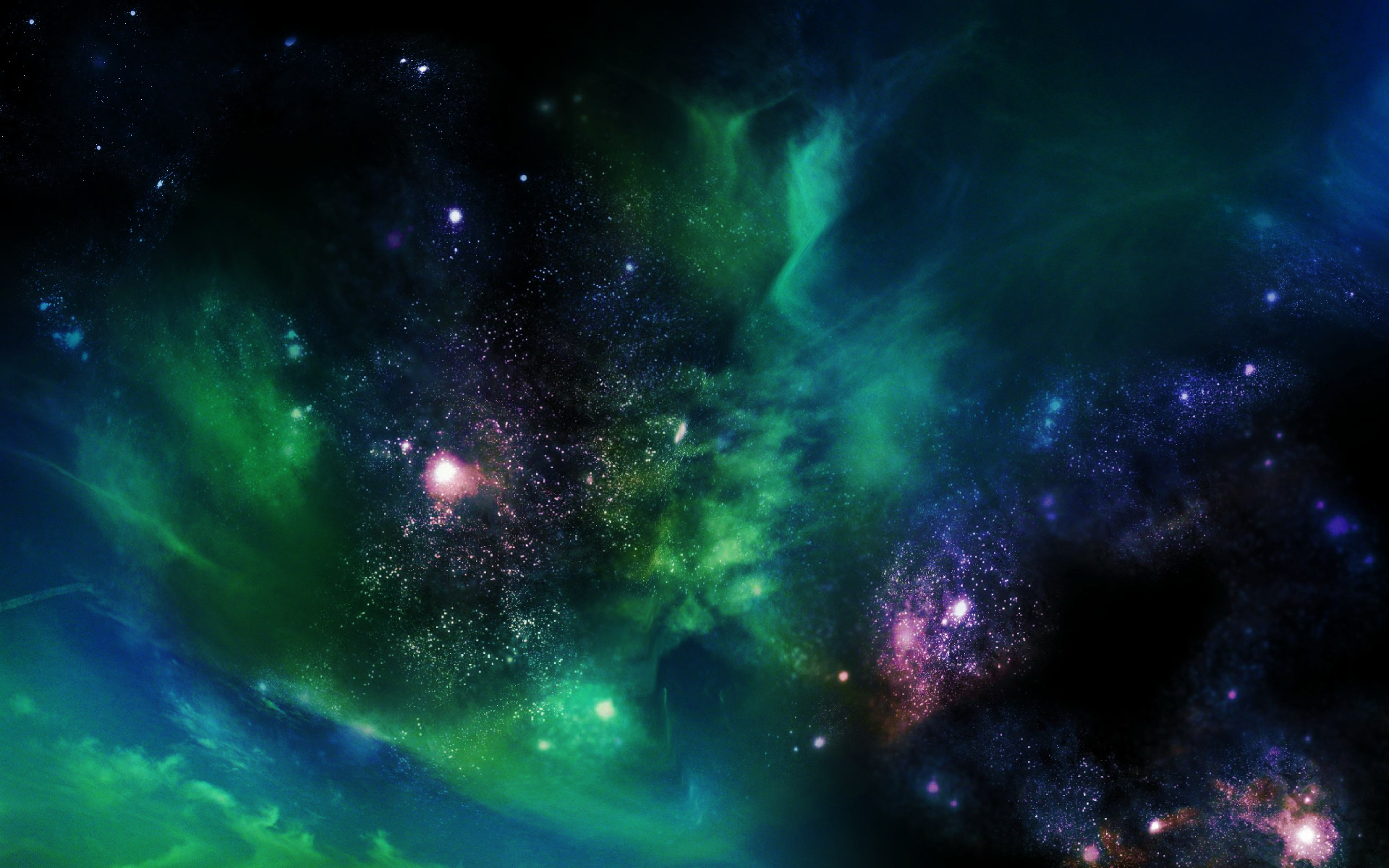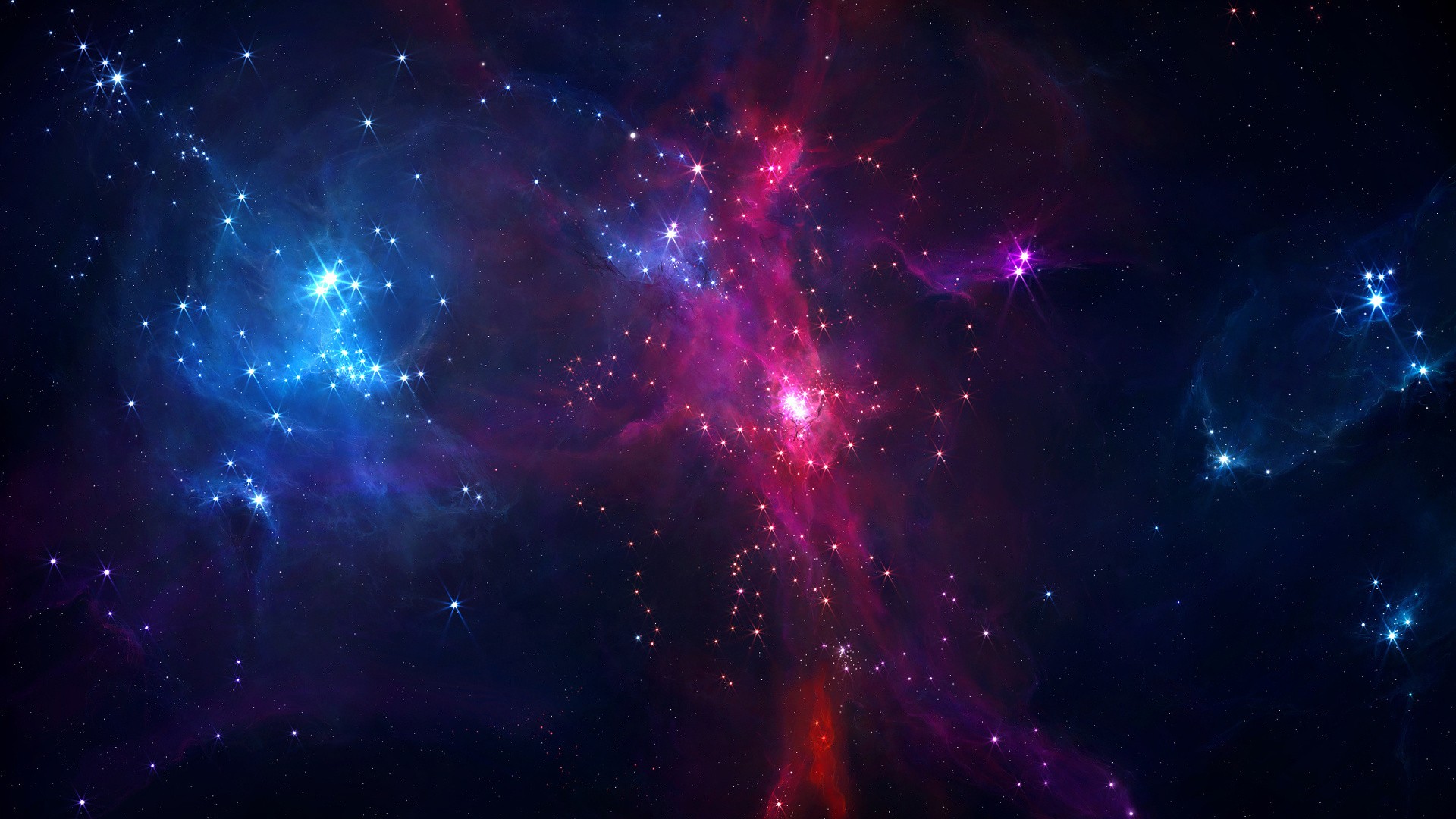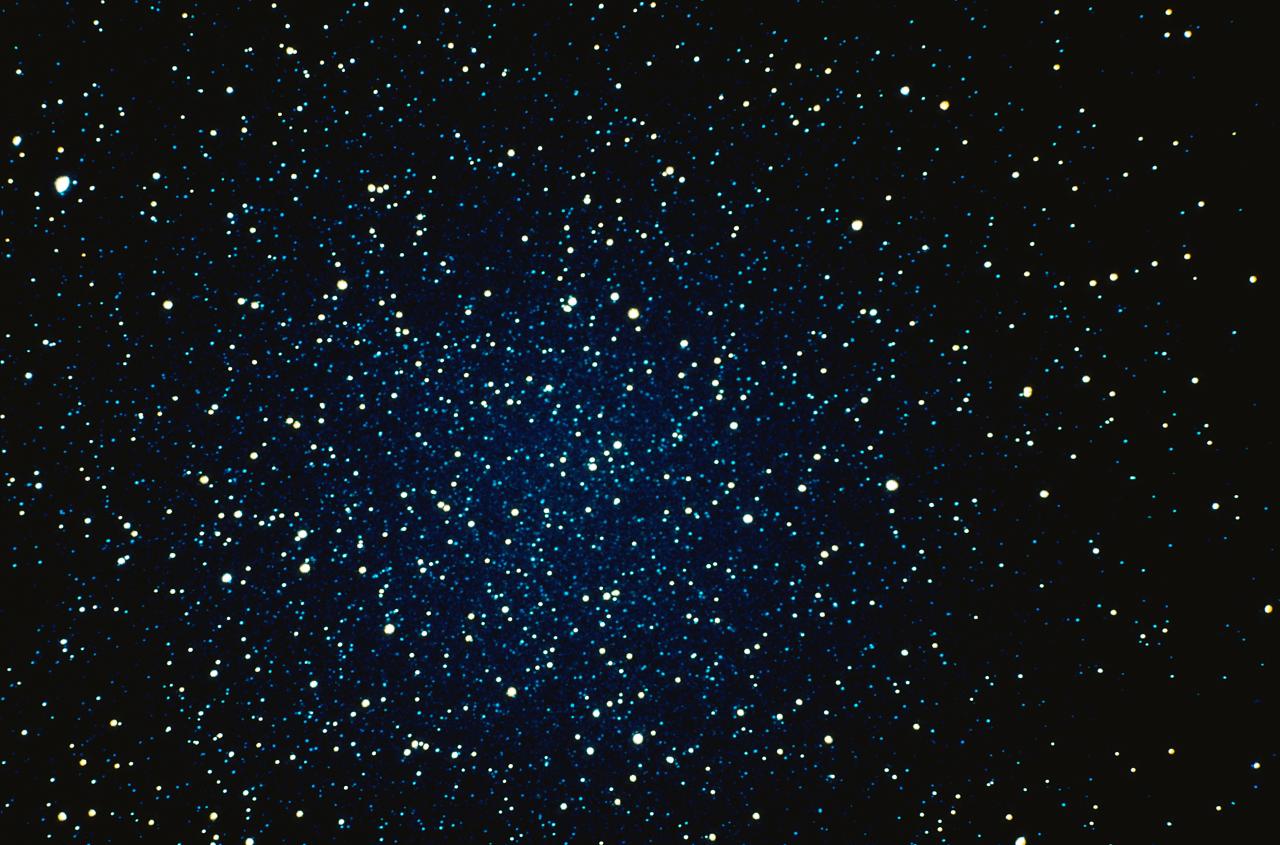
When worlds collide, literally.

Astronomers report that they have observed the most luminous galaxies ever seen in the Universe, objects so bright that established descriptors such as 'ultra-' and 'hyper-luminous' used to describe previously brightest known galaxies don't even come close.

Research has found new persuasive evidence that could help solve a longstanding mystery in astrophysics: why did the pace of star formation in the universe slow down some 11 billion years ago?

The genius of Albert Einstein lead us to gravitational waves - maybe someday another genius will work out how to make them, says Dr Karl.
This animation is based on photometric observations made by NASA’s Kepler space telescope. By closely monitoring the star KSN 2011d, located 1.2 billion light-years away, Kepler caught the onset of the early flash and subsequent explosion.

With the full suite of observations of the Universe now at our disposal, what is the story, contents, and history of the Universe?

With help from the satellite-based MOST telescope, Astronomers from San Francisco State University have made an intriguing new observation of HD 20782 b: the flicker of reflected starlight as the planet makes its closest-in pass.

A Russian Soyuz rocket launched a joint U.S.-Russian crew to the International Space Station Friday (March 18), a space team that includes an astronaut aiming to break an American spaceflight record recently set by NASA

Astronomers have identified four new exoplanets circling stars more massive than the sun. The giants range in size from 2.4 to 5.5 times the mass of Jupiter, with orbital periods ranging from two to four years.

Alien rays from outer space, which pass through our bodies every second of every day, have been traced to their source – a super-massive black hole that lies at the heart of our home galaxy, the Milky Way, German and Australian scientists have discovered.
Europe and Russia have launched a joint mission to the Red Planet. The probe will investigate whether the methane in the world's atmosphere is coming from a geological source or is being produced by microbes.

Virgin Galactic isn't giving up: in the company's biggest announcement since the tragedy, it's unveiled VSS Unity - a spacecraft it says will open up access to space for everyone.

There are many private space companies out there that want to start commercial space tourism but Amazon CEO Jeff Bezos’ wants to lead the pack. Bezos has said that Blue Origin expects to take tourists up to space as soon as 2018.

NASA gets all the glory when it comes to Martian exploration, but two other space agencies are now hoping to change that. Early next week, the European Space Agency and Roscosmos are launching the first phase of their joint ExoMars mission, a major new scientific effort with an badass goal: discovering signs of life on the Red Planet.

At the fifth time of asking, SpaceX's latest Falcon 9 rocket finally took off on Friday, March 4. Delays had seen the launch pushed back for almost two weeks, but it successfully launched at 6.35 p.m. EST (11.35 p.m. GMT) on Friday from Cape Canaveral Air Force Station in Florida.